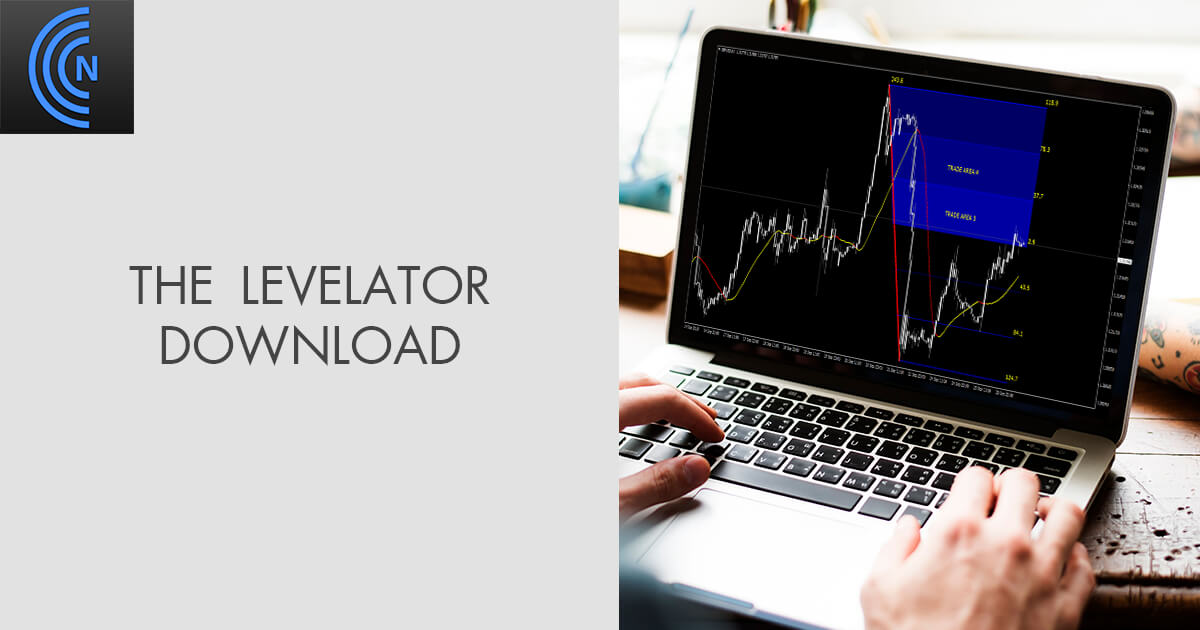

- #LEVELATOR AUDIO SOFTWARE#
- #LEVELATOR AUDIO PLUS#
- #LEVELATOR AUDIO PROFESSIONAL#
Select a chunk of the recording where you were not speaking.Here is a guide to doing this in Audacity. You should remove background noise from all your recordings. You can easily edit out the "flub" since the countdown gives you a cue on where to make the edit, and gives you some "silence" to edit in. Mess up a take? - Instead of stopping the recording, just stop speaking, then speak out "three, two, one" and then start reading again.
#LEVELATOR AUDIO PROFESSIONAL#
Normalization is a calculated adjusting of audio so that the loudest peak is set to maximum potential volume, generally it is close to 0 dB (on professional audio gear where 0 dB is maximum, −10 dB is a good place to normalize the average RMS for speech). Beware of excessive compression, as it will make noise stand out (even after noise reduction) and could exaggerate some sounds of speech. Compression is a dynamic levelling of audio, making loud parts quieter, and the quiet parts louder, so that a consistent sound level is achieved (on professional audio gear where 0 dB is maximum, −12 dB is a good place to level the average RMS for speech). Volume levels - make sure your audio levels are high but not clipping and, if you can, compress and normalize your audio.įor those unfamiliar with "audio" terminology, a brief description of these terms:. It is possible to create your own pop shield using a wire hanger and a pair of tights/pantyhose. A pop shield may also be used to minimise hard consonants, and a de-essing processor may be used to remove breathiness. A distance of several centimetres or inches away from the microphone is recommended. Speak across the microphone or to the side of it, rather than directly into it, to avoid pops and breath noise. Radio announcers and actors regularly stand while speaking to lend additional depth and confidence to their performance. If you think your voice sounds a little thin or lacking in expression, standing while recording might help. A laptop is generally more quiet than a desktop computer. A long cord from microphone to computer may be useful in order to reduce the computer noise. Record at a quiet place to reduce noise, in addition to digital noise removal (see next section). Posture and facial expressions can affect voice recordings. 
Keep some fresh (not cold) water in reach, and drink some whenever you feel your mouth drying out. Whenever you realize that your voice is becoming tenser than normal, or you're having more and more trouble speaking fluently, take a break, and resume when you feel muscular tension going away. Take a look at vocal warm up for more ideas. Some gentle humming before starting to record can cleanse and moisten the vocal cords leading to a better sound to the voice. The vagaries of the day can leave your vocal chords clogged, especially if you have recently been eating or drinking milk-based foods such as cheese and chocolate. "This sound file and all text in the article are licensed under the Creative Commons Attribution-ShareAlike 3.0 Unported License, available at " Spoken versions are derivative works, so end your recordings with: Wowpedia articles are licensed under the Creative Commons Attribution-ShareAlike 3.0 Unported License. To make it easier to remember the numbering, go to your preferences, and under "Appearance" check the box "Auto-number headings".
Read out all headings as you come to them like this: "Section one: History", "Section two: Strategy" etc. " Article name, from Wowpedia, the wiki guide to the World of Warcraft, at www dot wowpedia dot org." Most conversational speech is at 200 words per minute or more. You should have about 150–160 words per minute so people can comfortably hear an article. Speak more slowly than normal, by about 25%. Any vocal indication of every link would disrupt the flow. #LEVELATOR AUDIO PLUS#
It should consist of the article title plus the ogg extension.
#LEVELATOR AUDIO SOFTWARE#
If your recording software does not support Ogg, free Ogg Vorbis conversion applications are readily available. The recommended settings for your audio editing software are: from 48 kbit/s to 96 kbit/s encoding bit-rate ("Quality" settings 1 to 5 in Audacity), 44.1 kHz sampling rate, with one channel (mono). If a significant amount of time has passed, please check with to see if he or she is still working before removing this message. This notice is dated 00:07, 14 April 2008 (UTC). See Wowpedia:Spoken Wowpedia for further information.






 0 kommentar(er)
0 kommentar(er)
